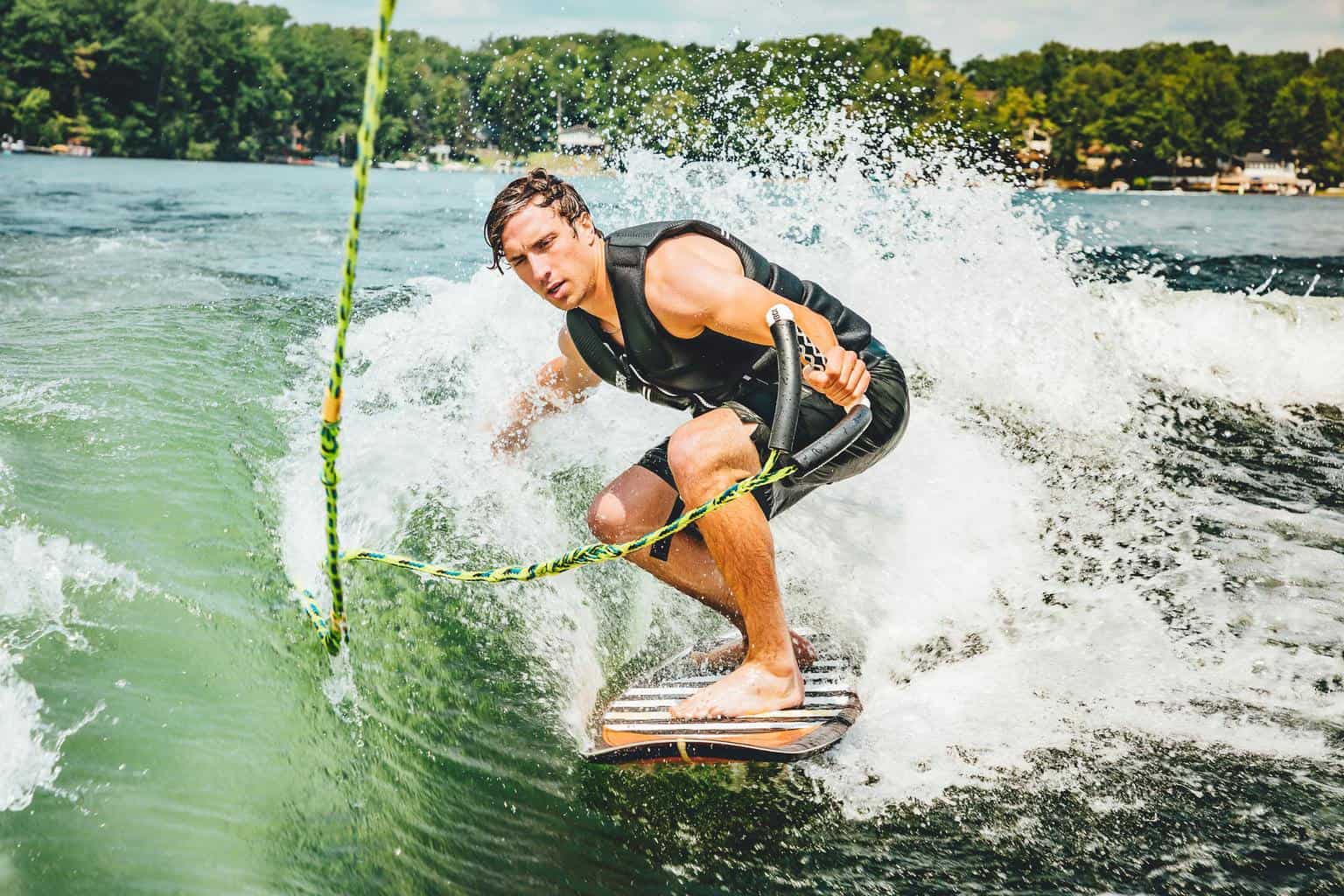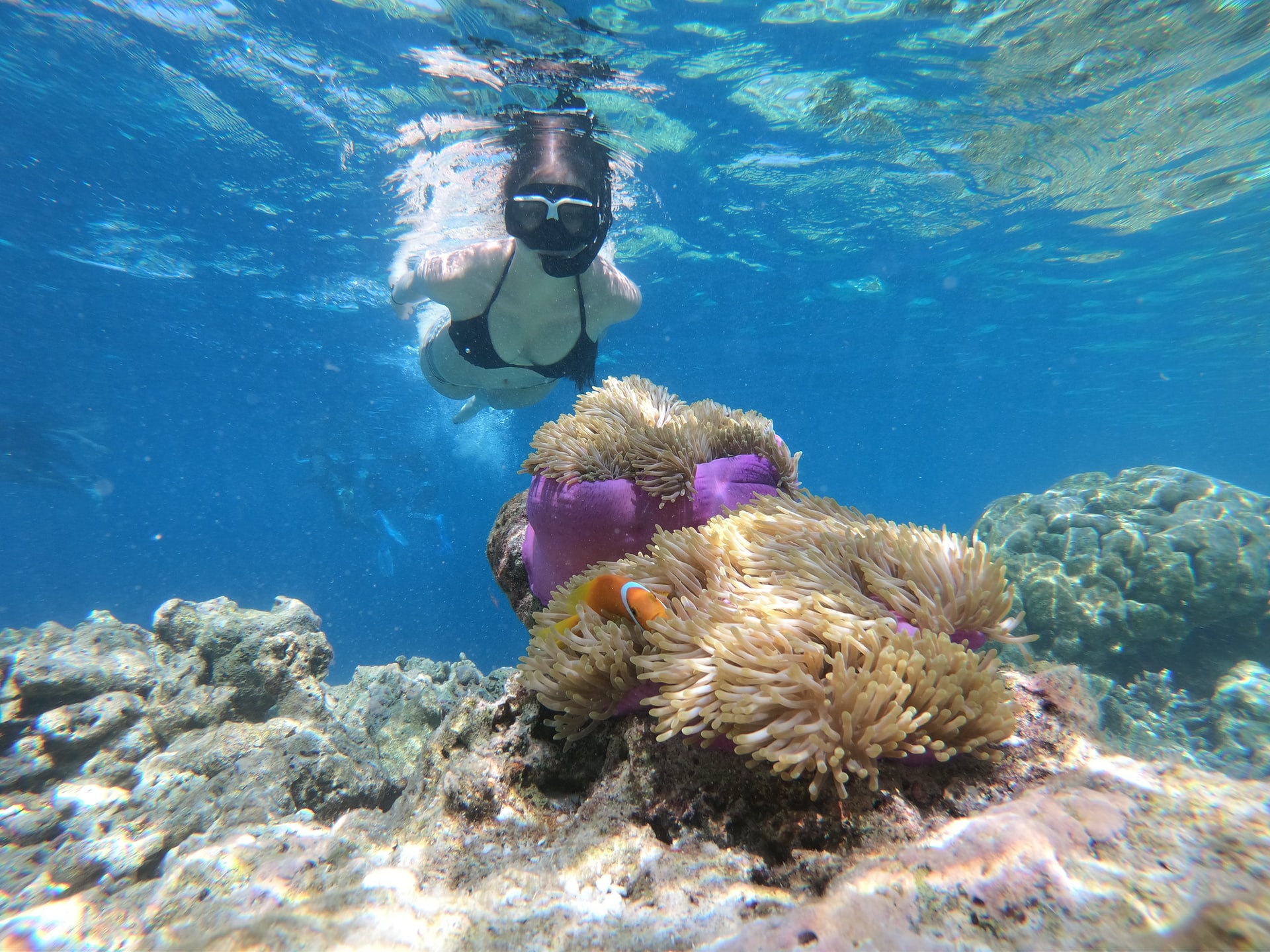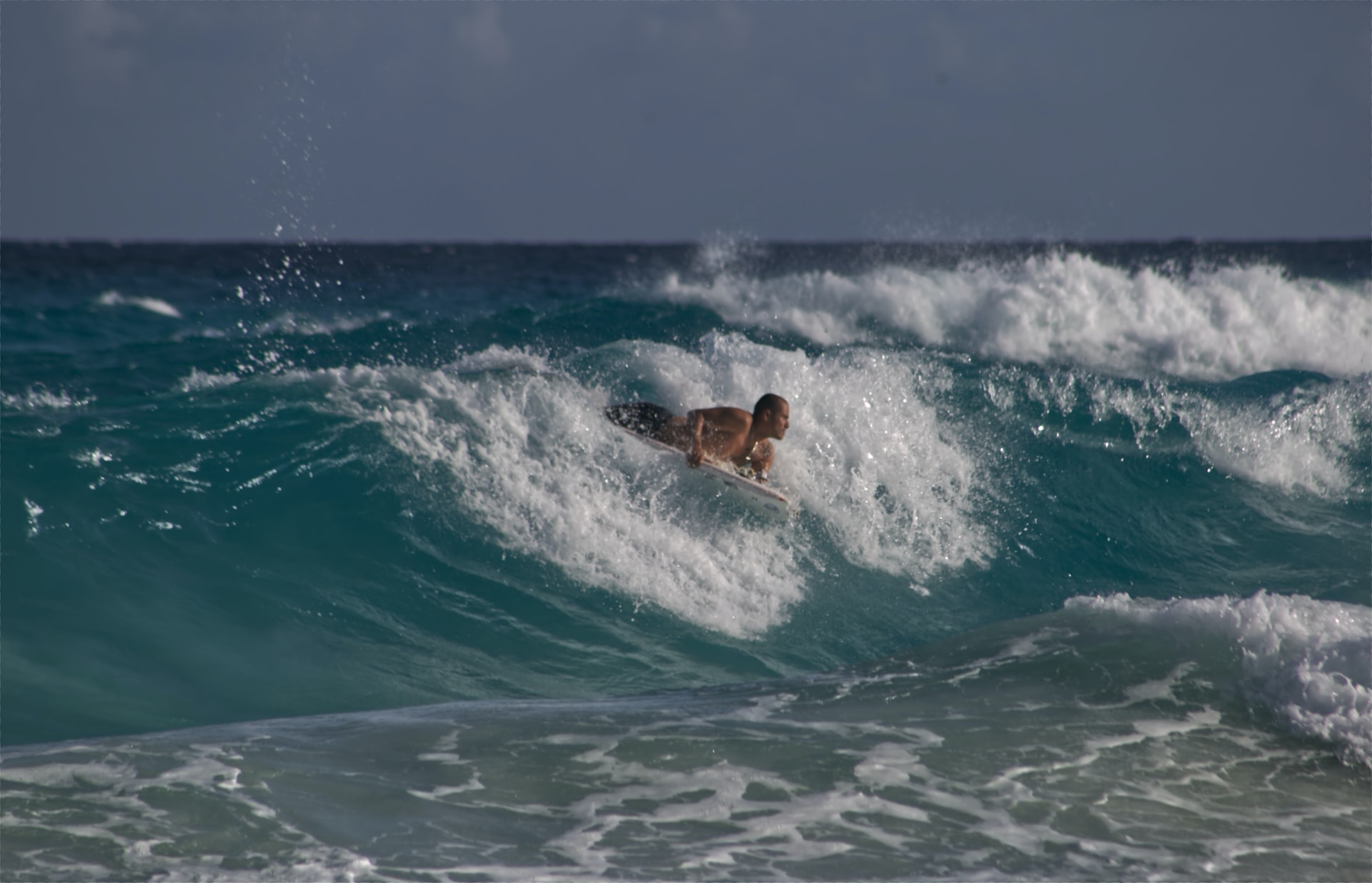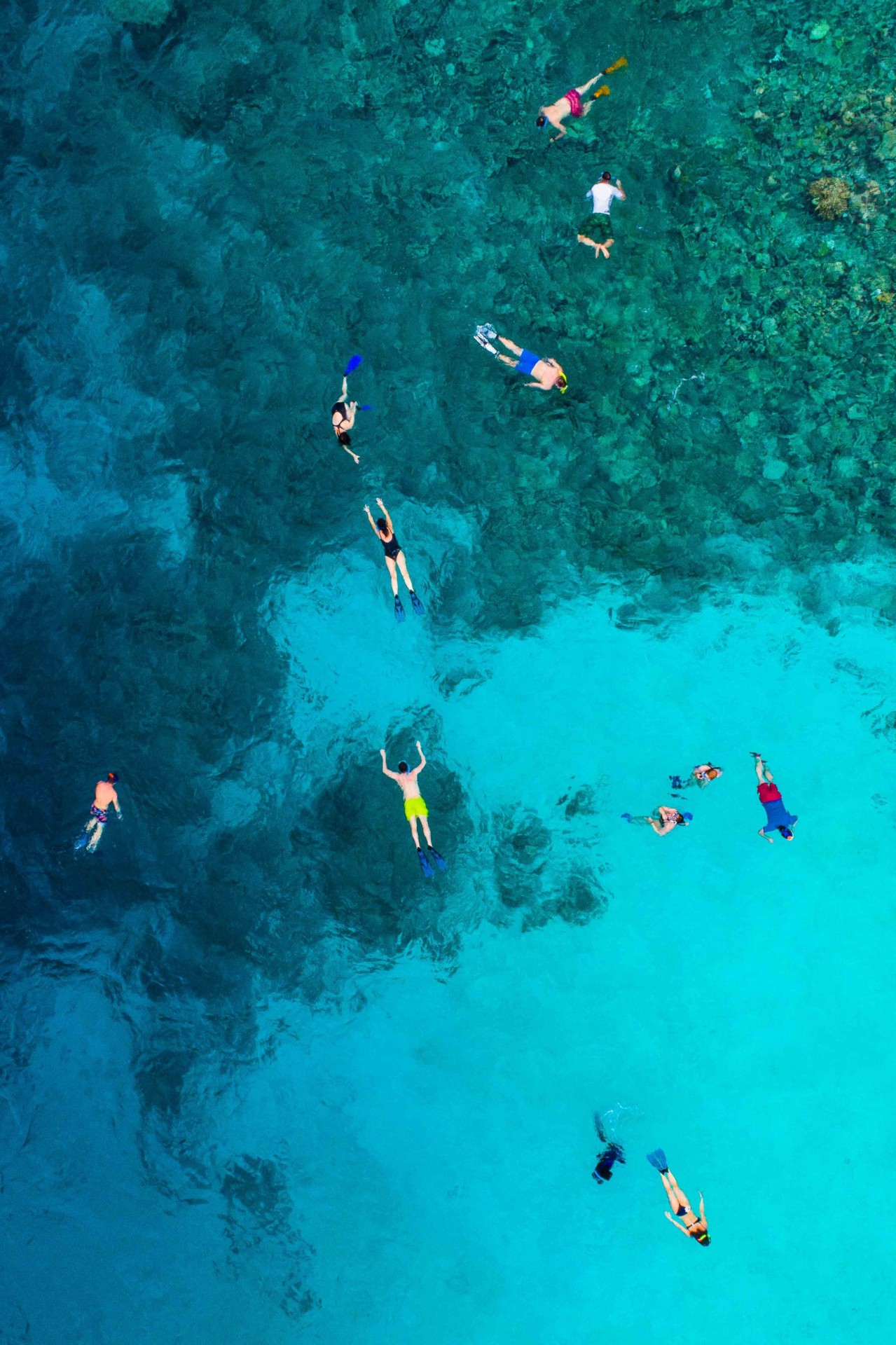So you are a water sports geek and love everything to do with water activities.
If this is the case, wakeboarding must have come up a few times in your “to do” list, or perhaps you are a wakeboarder and want to give surfing a go.
Since both of these extreme sports use a board to ride a wave (or wake) you may have the question: is surfing like wakeboarding?
Although they may seem similar, there is very little in common between the two water sports. The main similarity being that they take place on a board and in the water.
However, there are still a few transferable skills that you can take with you when moving from one to the other.
- Is Wakeboarding the Same as Surfing?
- Does Wakeboarding Help Surfing?
- Is Wakeboarding Harder Than Surfing?
- Wakeboarding vs Wakesurfing – What’s the Difference?
- Conclusion
- You Might Also Like…
Is Wakeboarding the Same as Surfing?
Surfing is a sport done primarily in the ocean (although wave pools do exist).
When surfing, the surfer lies flat on their stomach while paddling with their arms to create momentum.
When a surfer is propelled by an oncoming wave, they perform a “pop up” maneuver into a standing position and ride the face of the wave.
On the other hand, wakeboarding is much different.
A wakeboarder is pulled along behind a boat. The boat creates its own waves known as wakes.
The biggest thing in common here is that both riders are standing upright on a board.
Besides that, there are more differences than similarities.
What Is the Difference Between Wakeboarding and Surfing?
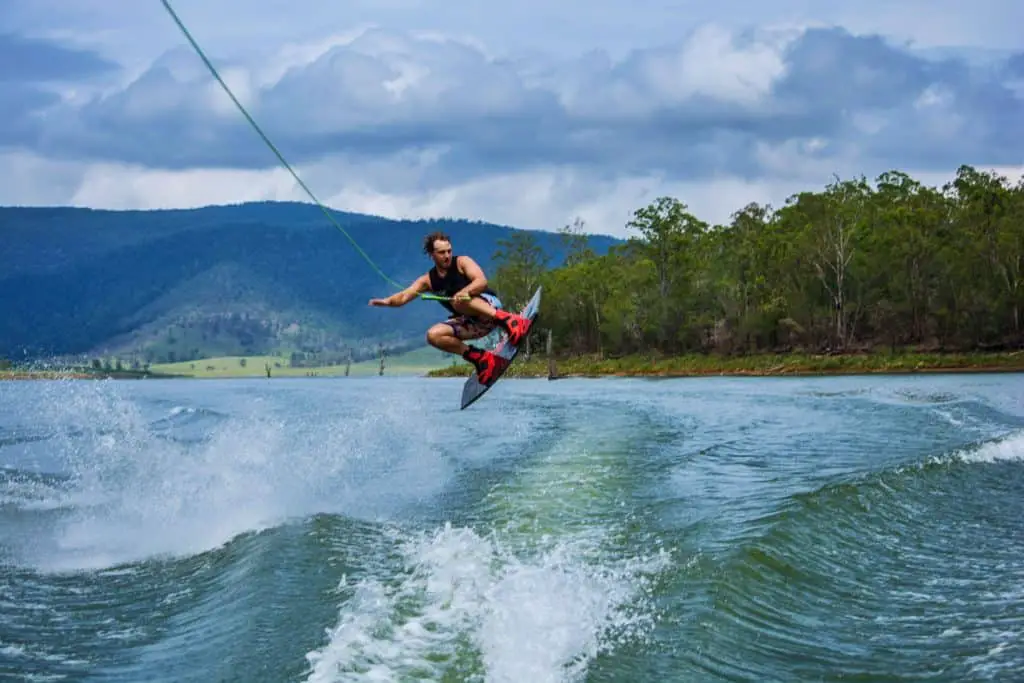
As mentioned above, there are more differences between the two sports than similarities.
- Surfing is done in the ocean and requires a natural wave for the surfer to ride.
Wakeboarding is usually done in a lake or river where the water is flat. The wakes from a boat are what the wakeboarder “surfs” on.
- In order to catch a wave, a surfer needs to paddle onto it using their arms. This is done from a prone position.
Wakeboarders hold onto a line and are towed behind a boat. There is no paddling or lying down needed to create the necessary speed.
- Wakeboards are smaller than surfboards. This is because the boat judges the speed of the rider. When surfing, the bigger the board, the less speed you need to ride a wave.
Another difference between the two board styles is that a surfboard has 1 – 4 long skegs (fins) in the rear of the board, while wakeboards usually have 2 – 4 very short fins on both ends of the board.
This is because wakeboarders often switch their front-facing sides to perform different tricks.
- When surfing, your feet are free to move around the board. Because of this, a surfer’s feet are usually slightly off parallel.
Wakeboards have feet straps, similar to the way a snowboard is designed. These straps hold the rider’s feet in place at a 90° angle to the front of the board.
That being said, there are still ways in which one sport could help your skills in the other.
Does Wakeboarding Help Surfing?
Although they are very different, there are three main ways that wakeboarding could help with surfing. These include strength, balance, and an understanding of non-solid surfaces.
1. Wakeboarding Helps Build Strength
Both wakeboarding and surfing can be a good workout. Wakeboarding requires constant muscle engagement throughout the ride.
If you have ever been wakeboarding before, you will know the feeling of fatigue in your arms. This is because you need to create constant resistance between yourself and the boat.
This resistance training is not only limited to your shoulders and forearms, but engages your back, legs, and core.
Because both wakeboarding and surfing are a mixture of aerobic and anaerobic exercise, one will help your strength and fitness for the other.
Although the strength required is “different”, especially arm strength, because you do not need to paddle in wakeboarding, being stronger, in general, will help with surfing.
2. Wakeboarding Is Excellent for Balance
If you have a bad center of gravity and no balance, surfing can be very difficult. The same is true for wakeboarding.
Wakeboarding could possibly be harder with regards to balance than surfing for two main reasons.
The first is that all your movements come from subtle hip direction changes and the digging of your toes or heels into the water.
In surfing, it is possible to readjust your feet, bend your knees, and twist your hips to make a turn. This makes it easier to control where your center of gravity ends up.
The second is because a wakeboard is so much smaller than a surfboard.
The likeliness of a wakeboard’s rail catching onto the water and propelling you into the air is far more likely to happen with slight balance problems.
Learning to master your balance on a wakeboard will not directly transfer to balancing on a surfboard, but practicing any balance techniques will drastically improve your surfing capabilities.
3. Wakeboarding Helps With Understanding Liquid Surfaces
It may sound strange, but when you think about it, the biggest thing in common between surfing and wakeboarding is that the rider is standing on water.
Without enough speed, you will simply sink.
With too much of a turning angle, you will lose too much surface area of the board and sink.
This is true for both wakeboarding and surfing. Wakeboarding will allow you more time in the water as you do not need to wait for a wave before riding it.
Because you can try over and over again, wakeboarding is an excellent way to understand the physics of water and the best practices to stay afloat while standing on it.
This knowledge, that will eventually become second nature to you, will greatly decrease your learning curve when trying to surf for the first time.
Is Wakeboarding Harder Than Surfing?
If you ask a wakeboarder if wakeboarding is harder than surfing, they will most likely tell you “yes”.
If you ask a surfer the same question, they will assure you that surfing is in fact the harder sport.
So which is true?
Both surfing and wakeboarding come with their own set of challenges, and so it is difficult to say which is the hardest.
Let’s look at why each sport could be considered harder than the other.
Why Surfing Is Harder Than Wakeboarding?
- Surfing requires a higher level of fitness and stamina: You need to work hard when trying to catch a wave.
Not only does a surfer need to paddle with speed onto a wave, but they need to paddle back out to the lineup and constantly readjust their position in the water.
- The ocean is unpredictable: Waves come in different shapes, sizes, and bring different volumes of water. When surfing, just about nothing is consistent.
This means that you need to constantly change and adapt to your surroundings.
Because wakeboarding is done in flat water and powered by a boat, the conditions stay mostly the same.
- Surfing is not a one-position sport: As you well know, surfing comes in two main parts. Paddling and standing. Learning to pop up at the correct time and land in the correct position on the board is a constant learning curve.
When wakeboarding there is no change from lying down to standing. Your feet are also connected to the board, and therefore will always be in the best position.
Why Is Wakeboarding Harder Than Surfing?
- Wakeboarding is a constant full-body workout: Although you do not need to paddle when wakeboarding when being towed by the boat, every muscle in your body is tense and engaged.
When surfing, paddling allows your legs to take a break, and standing allows for the rider to rest their arms.
- Wakeboarding is a two-person sport: Although you will be the only one riding your board, remember that someone else is driving the boat.
If there is not good communication between the boat driver and the wakeboarder then the sport becomes complicated.
When surfing, although the ocean is unpredictable, each decision a surfer makes is entirely up to them. They do not need to consider what another mind might be thinking.
- A wakeboard is a more complicated piece of equipment: As mentioned before, wakeboards are smaller, and therefore harder to balance on. Wakeboards are also designed in a way similar to skateboards.
A wakeboard can easily be turned around so that the back end is forward. This makes controlling them tricky.
Because surfboards have large fins on one end, the board does not swing around easily, and if it is put “backward” on a wave, will turn the right way around on its own accord.
It is hard to tell which sport is more difficult. It is really up to each individual to decide for themselves which they find more challenging.
Everyone is different, and because the sports are so different from each other, there is no clear line.
That being said, one thing is very clear when it comes to surfing and wakeboarding: Surfing is much more dangerous than wakeboarding.
Wakeboarding vs Wakesurfing – What’s the Difference?
So we know that surfing and wakeboarding are very different from each other. But what about wakesurfing?
Is wake surfing more similar to surfing, and what is the difference between wakeboarding and wakesurfing?
Wakesurfing and wakeboarding are similar in the way that a board is used to ride the wakes created by a boat.
In both sports, the rider is towed with a line from the boat (although this changes with wakesurfing).
Besides these similarities, there are a few specifics that separate wake surfing and wakeboarding which include: The distance from the boat, the type of board, the rope, the boat itself, and the bindings.
- The distance from the boat: When wakesurfing, the rider is much closer to the boat. This is because the waves coming off the back of the boat are much better formed than those further out.
Because the surfer is not constantly towed, to maintain a proper speed, the wake that is surfed needs to be steeper.
- The type of board: Wakesurfing boards are typically larger and broader than wakeboards. These boards have a closer resemblance to the shape of a surfboard (hence the name wakesurfing).
- The rope: Although both sports use a rope to tow the rider behind a boat, one major difference between wakesurfing and wakeboarding is that a wakesurfer only uses the rope at the start of the ride.
Once the wakesurfer has maintained a good speed and position they will release the rope and ride the wave in the same way that a surfer does.
A wakesurfing rope is also typically shorter and does not have a large handle on the end.
This is to reduce the chance of getting an arm or foot caught in the handle in the event that the rider falls.
- The boat: A wakesurfing boat tends to be more complex than a wakeboarding boat. Because the surfer is closer to the boat, a completely covered inboard motor is used.
When wakeboarding, the rider is further away from the propellers and the boat travels faster, so an outboard motor is okay to use with this sport.
Wakesurfing boats also include weight distribution technology. Putting more weight towards the back of the boat and favored to one side will create steeper wake towers which allow the wakesurfer better waves.
- The bindings: Possibly the biggest difference between wakeboarding and wakesurfing is the feet bindings.
While feet bindings are essential to wakeboarding, they are not used with wake surfing as the surfer needs more freedom of movement.
Although wakesurfing is slightly more similar to ocean surfing because of the board style and the absence of being towed, the two sports are still not that much alike.
Conclusion
Both surfing and wakeboarding are watersports that are done while standing on a board, but their similarities stop there.
Although one sport may slightly give you an edge when changing to the other, they do not mix all that well.
If you are looking to find an alternative sport that can aid in your surfing skills, it is best to try something like skateboarding, which is much more similar to surfing, or better yet, longboarding, which uses the same techniques you will use while in the water.
You Might Also Like…
-
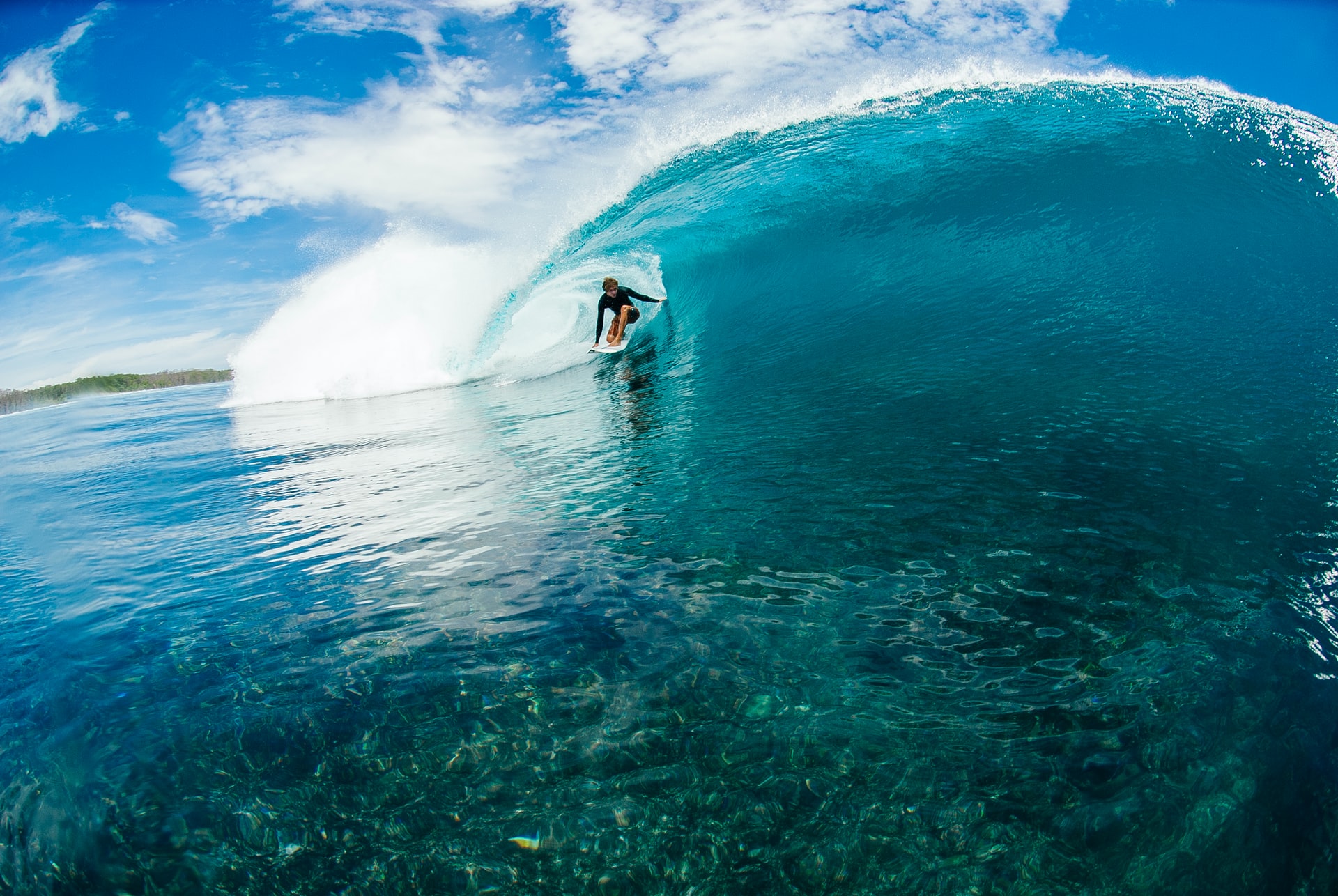
Do Surfers Ride Switchfoot? 5 Benefits (& Why You Should Learn It)
-

Do Surfers Shave Their Legs? 5 Common Reasons (+Pros & Cons)
-
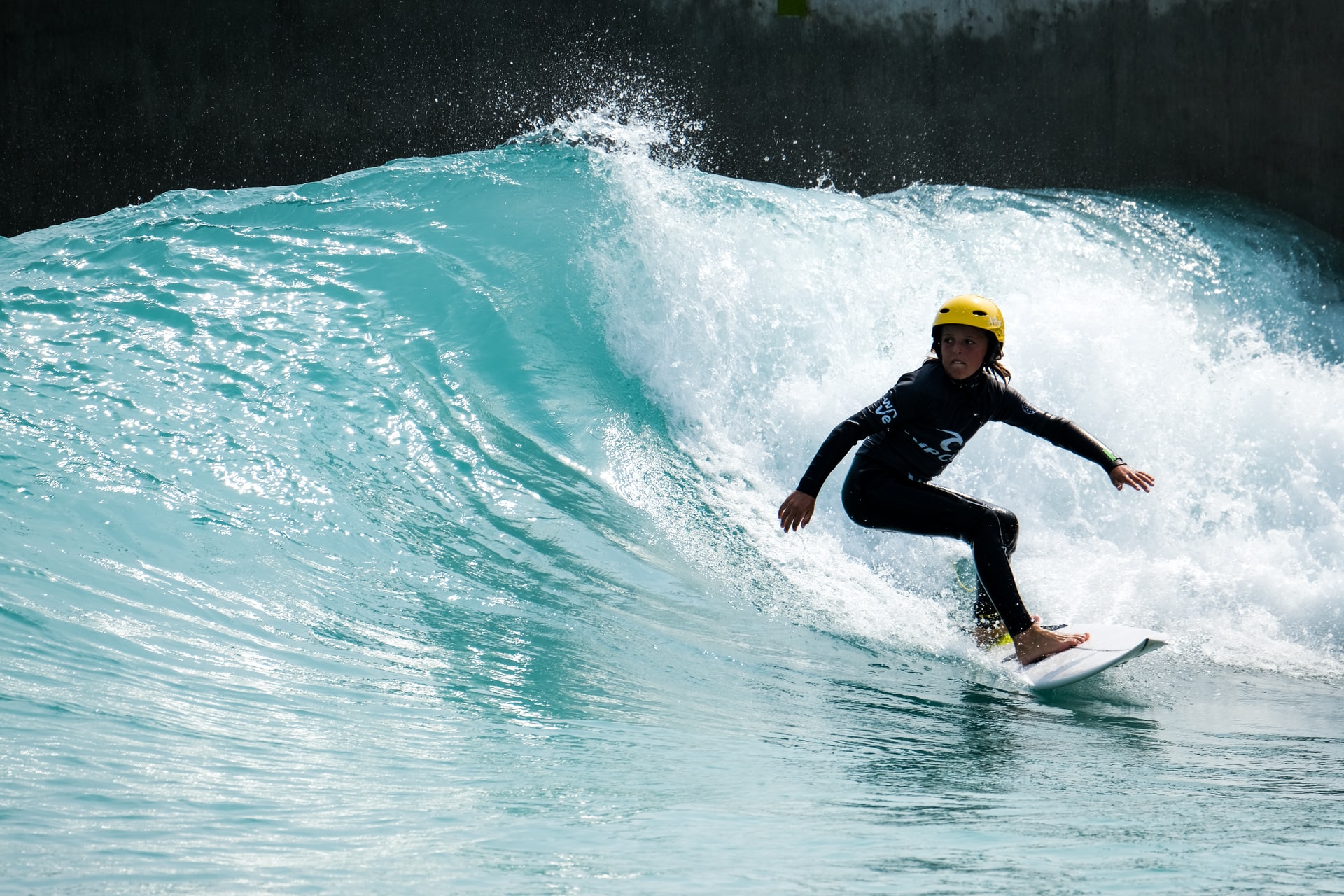
Do Surfers Wear Helmets? 8 Situations You Should Wear One (+4 Cons)
-
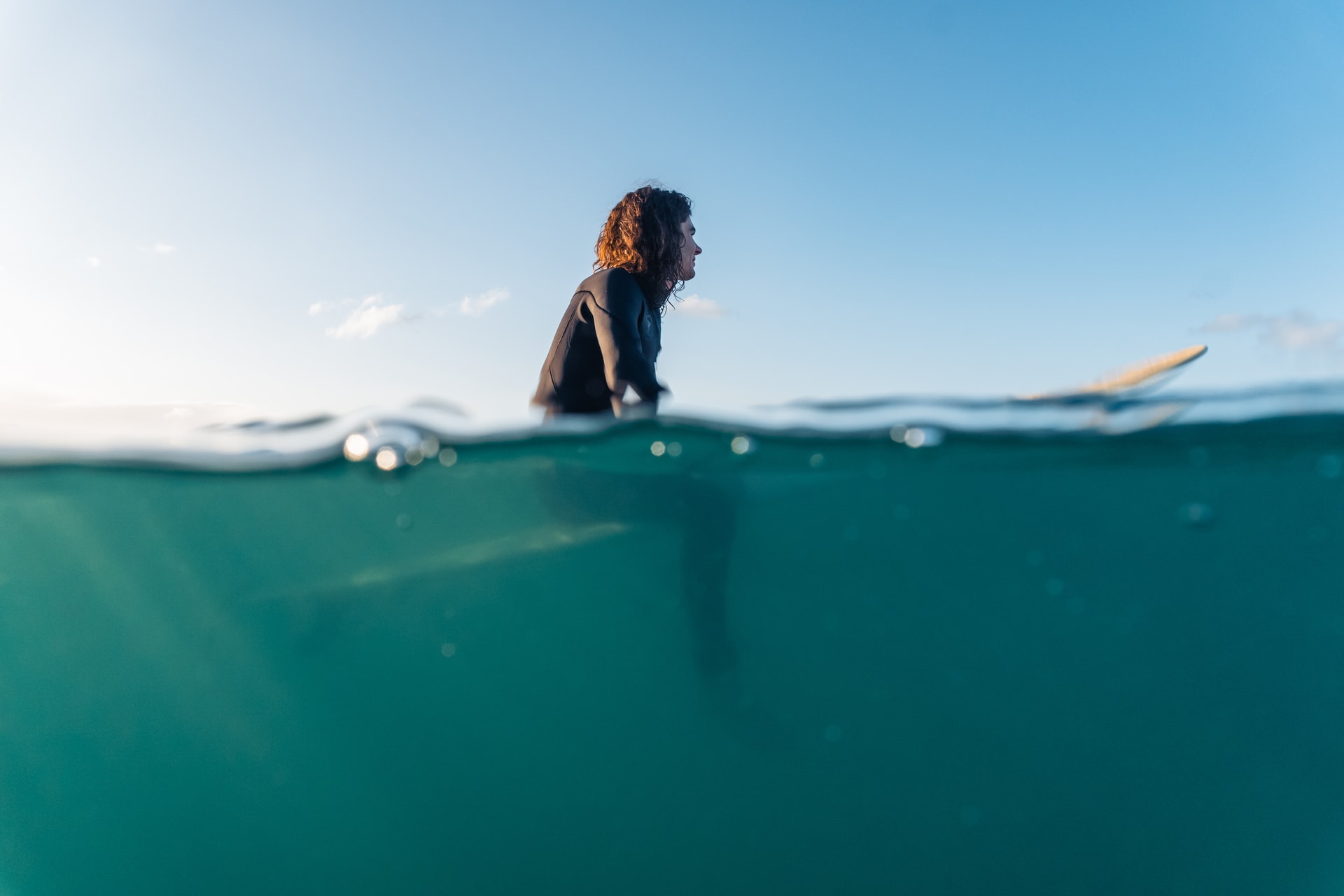
Do Surfers Poop in the Ocean? Myths & Facts (+5 Tips)
-
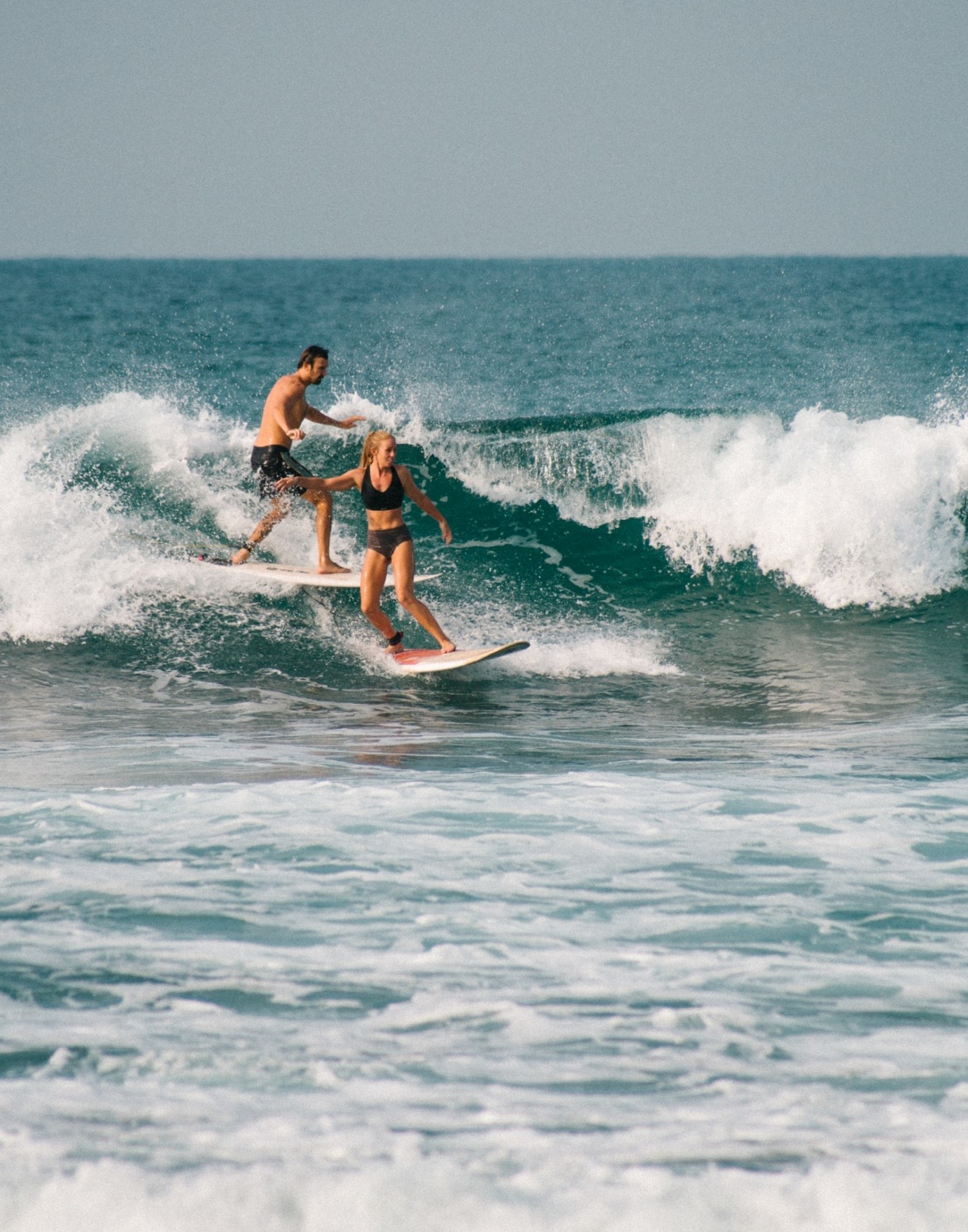
Do Surfers Run Into Each Other? 5 Common Reasons (+8 Tips)
-
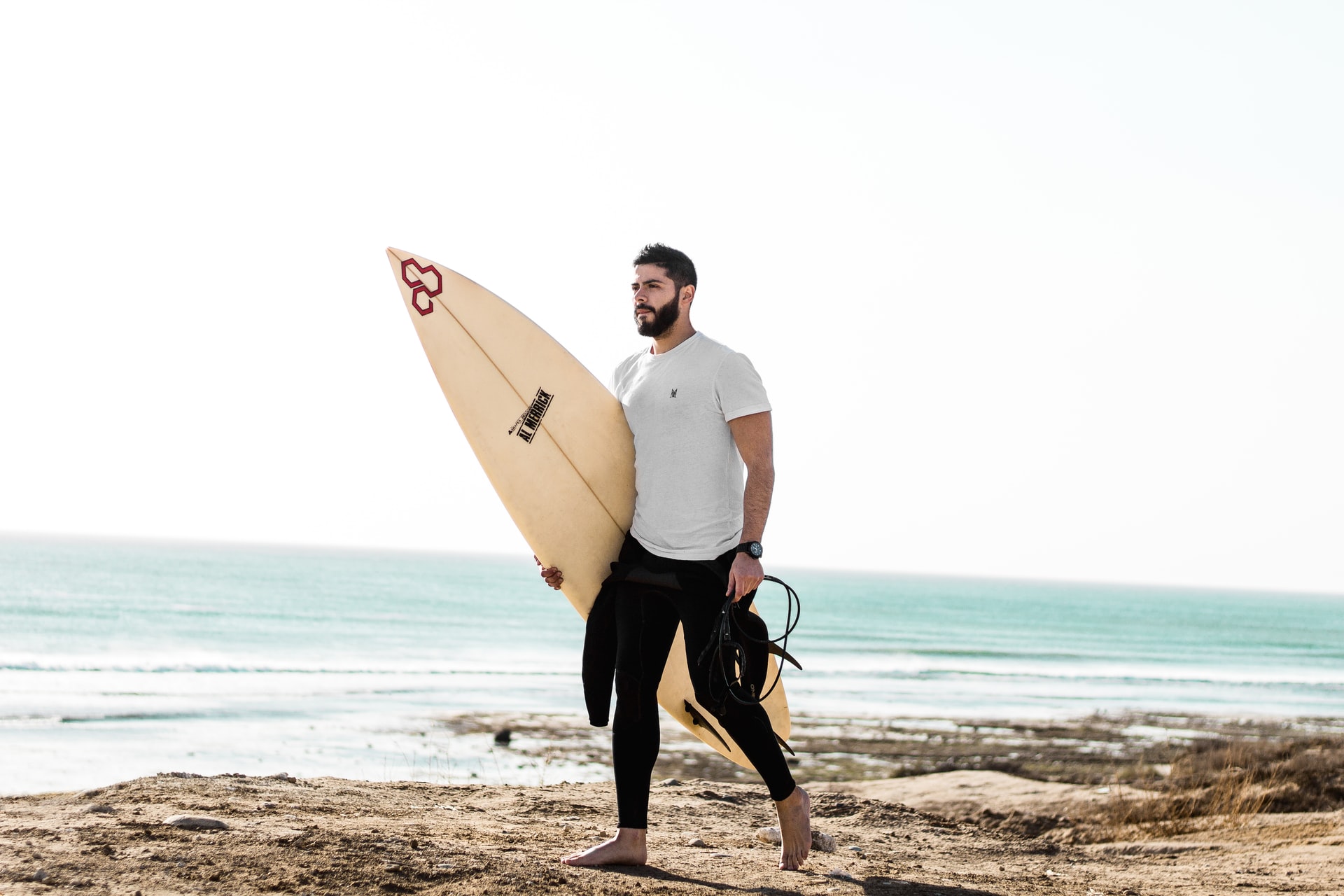
Do Surfers Have Beards? Pros & Cons You Should Know (+4 Tips)
-
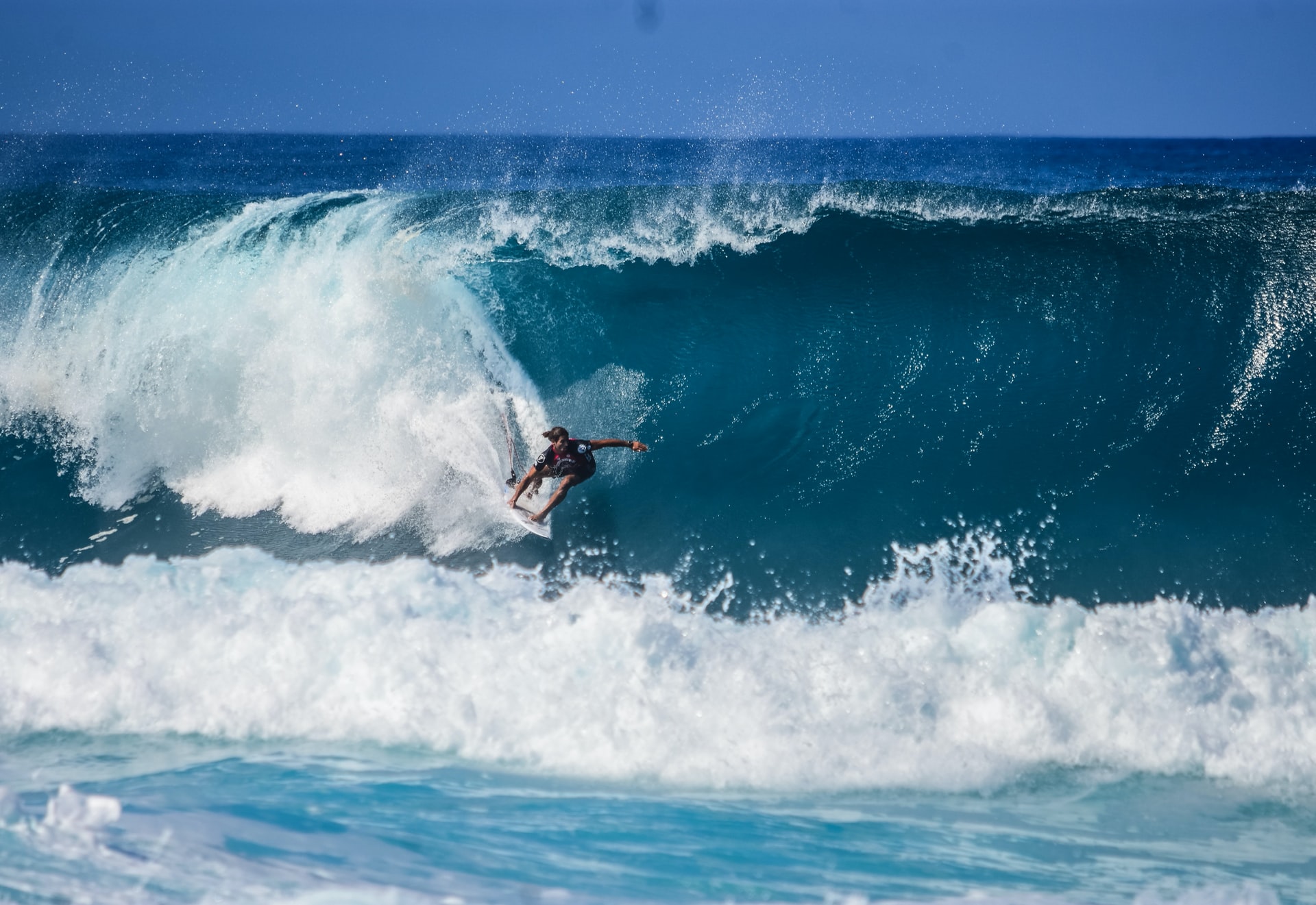
Do Surfers Like Constructive or Destructive Waves? (+Pros & Cons)
-
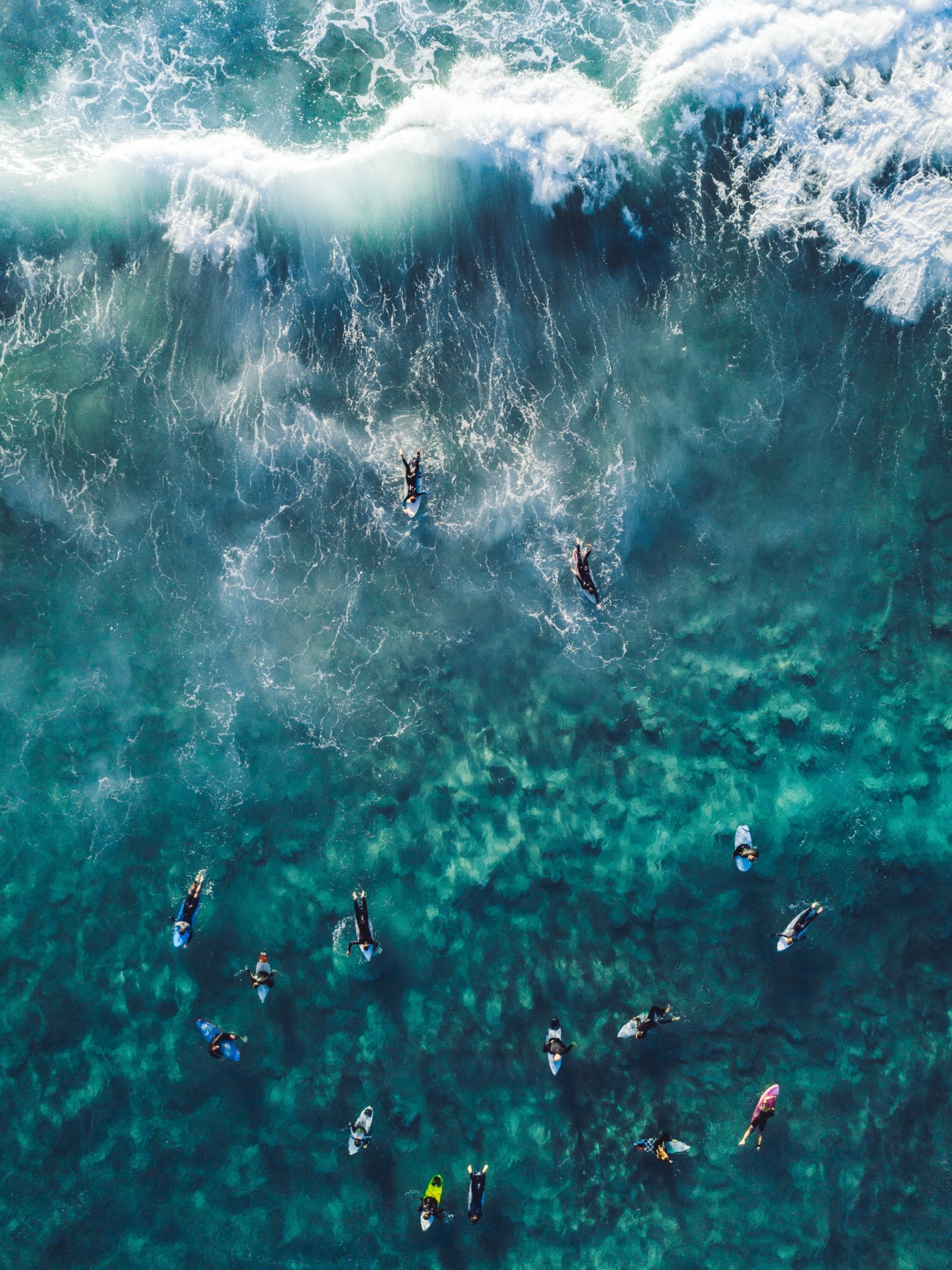
How to Surf Safely: 34 Crucial Tips (Every Surfer Should Know)
-
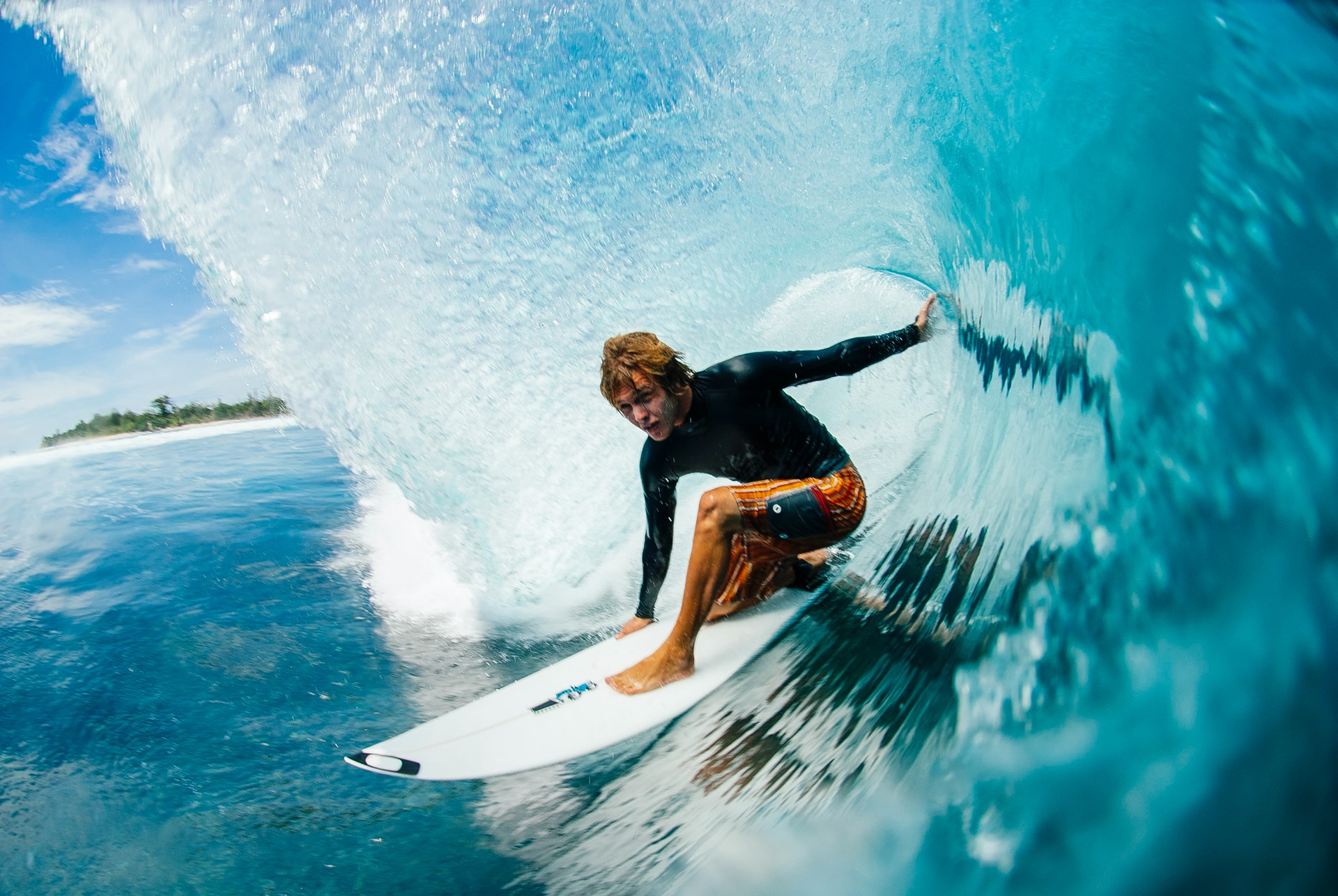
Do Pro Surfers Use Leashes? (+6 Reasons Why You Should Too)
-
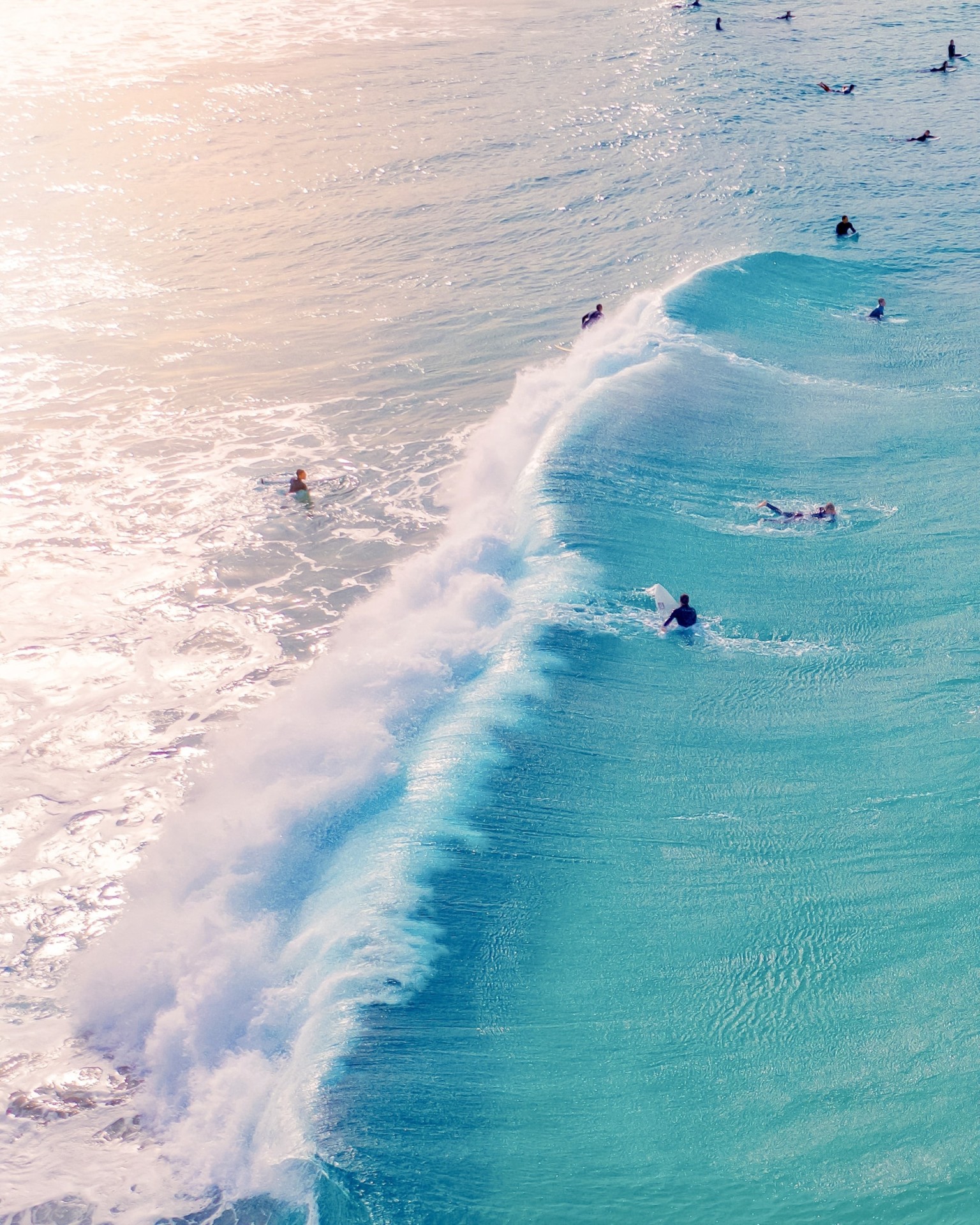
Do Many Surfers Drown? Here Are the Facts (+4 Common Reasons)
-
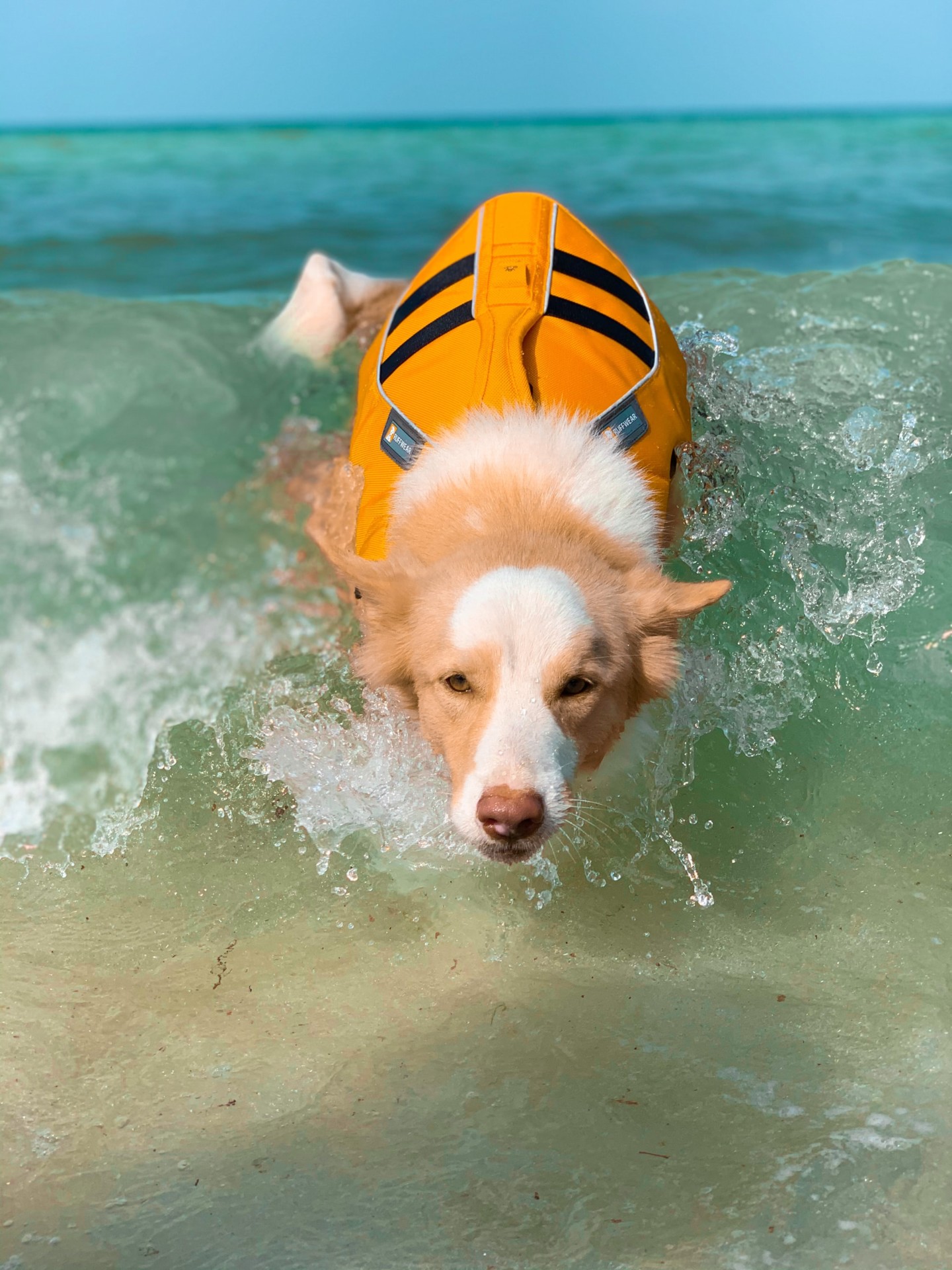
Do Surfers Wear Life Jackets? (7 Reasons Why They Don’t)
-
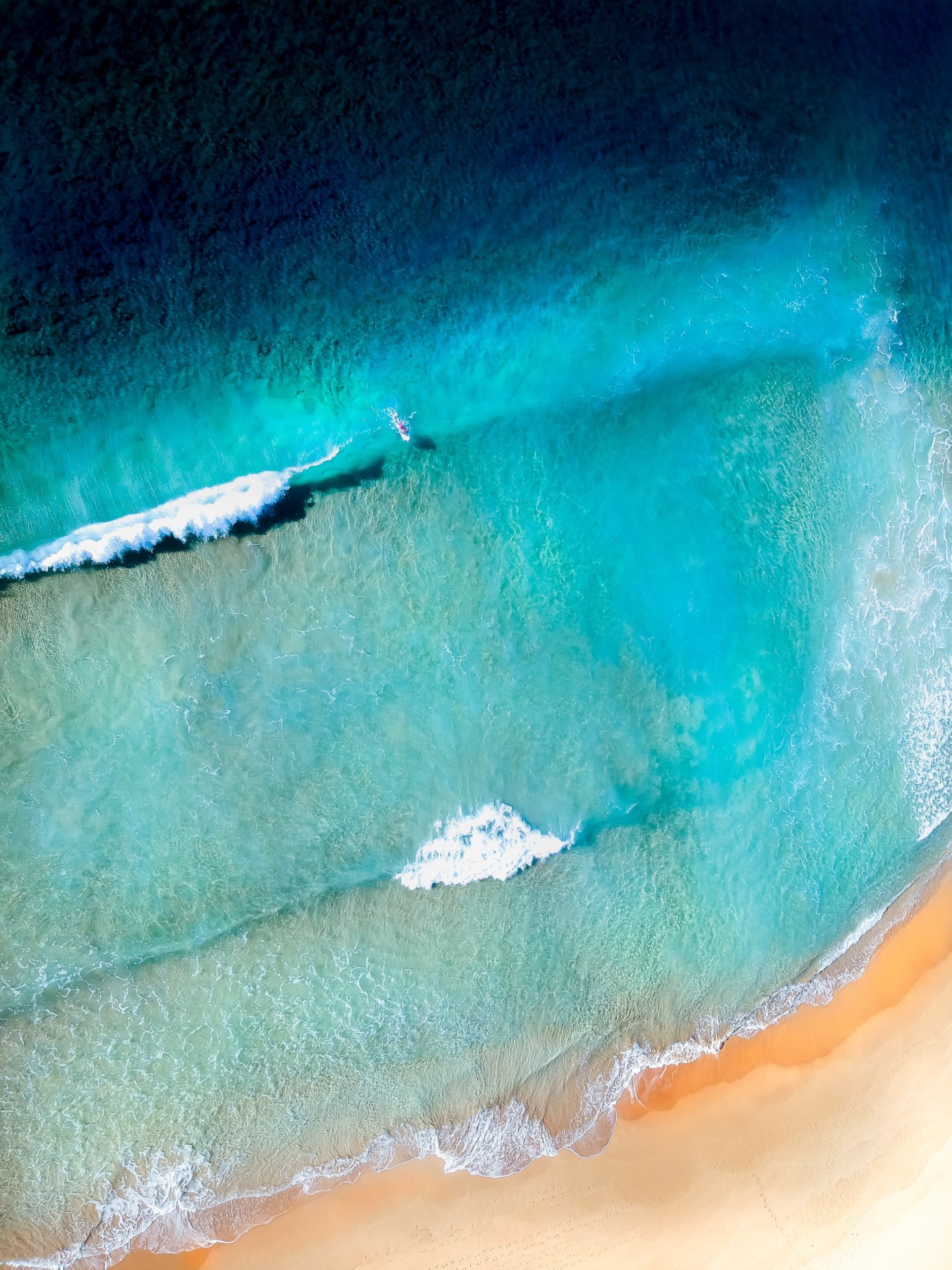
Do Surfers Like Rip Currents? (& How to Use Them Safely)

